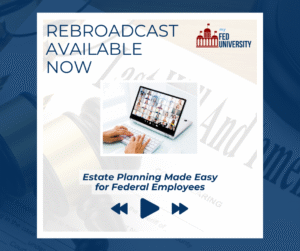Phases of Retirement Planning
Phase 1
Accumulation Phase
This is the time of building assets by saving and investing, usually from earned income which you have specifically reserved for retirement.
Keep in mind that during your retirement years your ability to maintain a comfortable lifestyle will depend on the money you saved, the investments you made, and the assets you accumulated during the Accumulation Phase.
Phase 2
Planning, Preparation and Preservation Phase
This is the core of your retirement planning efforts; ideally addressed, 7 to 10 years prior to your planned retirement start date. Phase 2 will include a review of; all your retirement investments, anticipated basic living expenses, lifestyle expenses, potential tax obligations, Social Security benefits start date, any expected pension, Required Minimum Distribution calculations for all qualified money, retirement risk-profile, medical and estate planning needs, and potential debt reduction prior to actually retiring. Careful attention is paid to determine your expected retirement cost of living with consideration to both your basic monthly living expenses as well as the cost of your desired lifestyle expenses and how the ongoing increase of cost of living may affect your future income requirements.
Phase 3
Distribution Phase
All retirement planning is done with one primary objective; to create an income stream that you cannot outlive. Phase 3 starts when your earned income stops. This is the time you reap the rewards of your retirement planning efforts; you will begin receiving your monthly Social Security benefit, potential pension, and planned income supplements from your various investments. The amount of money you will have to support your Distribution Phase is dependent on how well you prepared during your Phase 1 Accumulation phase and your Phase 2 Planning, Preparation, and Preservation phase.
Understanding Different Investment and Retirement
Stay in TSP: You have the option to keep your money in the TSP account during retirement. This option can limit your access to investments that may help preserve your savings.
Roll your TSP: If you choose to roll your TSP to an outside IRA consult a financial professional to help determine the choice that meets your needs. Do you want to continue to risk your assets in the market? Would you prefer to have investment options that can help safeguard your nest egg during the next market downturn? The truth is you have hundreds if not thousands of options outside of TSP that can give you more control of your savings.
TSP annuity option: TSP offers an annuity option through Met Life that will guarantee a lifetime income. The downside to this option is you lose control of your life savings. What if you have a bad month or medical emergency? The TSP annuity option will not allow you to withdrawal more than the monthly guarantee. If you are considering an annuity talk to a financial professional to get all the options available to you within and outside TSP.

